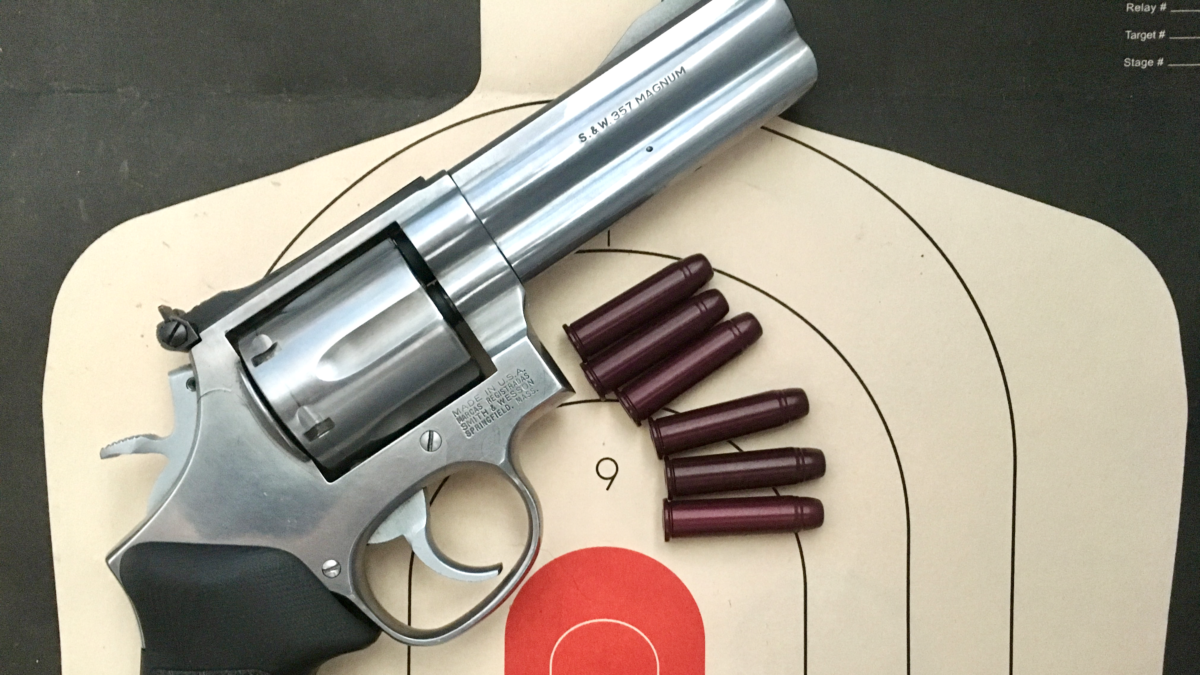My first post of this year briefly discussed my goal of doing 3,650 minutes of dry practice in 2019. These posts are mostly for my own accountability. Here are my results to this point in the year.
January 1 – 11: 200 minutes, January 12 – 31: 140 minutes
February 1 – 15: 140 minutes, February 16 – 28: 130 minutes
March 1 – 15: 160 minutes, March 16 – 31: 160 minutes
April 1 – 15: 140 minutes, April 16 – 30: 160 minutes
May 1 – 15: 140 minutes, May 16 – 31: 170 minutes
June 1 – 15: 180 minutes, June 16 – 30: 160 minutes
July 1-15: 150 minutes, July 16 – 31: 130 minutes
August 1-15: 150 minutes, August 16-31: 170 minutes
September 1: 10 minutes presentation/fundamentals
September 2: 10 minutes presentation/fundamentals
September 3: 10 minutes presentation/fundamentals
September 4: 10 minutes presentation/fundamentals
September 5: 10 minutes presentation/fundamentals
September 6: 0 minutes
September 7: 10 minutes presentation/fundamentals
September 8: 10 minutes presentation/fundamentals
September 9: 10 minutes presentation/fundamentals
September 10: 10 minutes presentation/fundamentals
September 11: 10 minutes presentation/fundamentals
September 12: 10 minutes presentation/fundamentals
September 13: 10 minutes presentation/fundamentals
September 14: 10 minutes presentation/fundamentals
September 15: 10 minutes presentation/fundamentals
Monthly Target: 300 minutes
Monthly Actual To Date: 140 minutes
Cumulative Target: 2,580 minutes
Cumulative Actual to Date: 2,610 minutes (43 hours, 30 minutes)
Focus Areas
I didn’t focus on anything “cool” at all during this period. I focused on getting the gun out of the holster, making sure I had an acceptable firing grasp, and aligning the sights. Why such intense focus on “basics”? Below are the primary reasons.
If you get nothing out of my dry practice sessions, I hope you read the information below as it covers a lot of good information on adult learning.
Automaticity: I want the practice of getting the firearm out of the holster and onto target with the sights correctly aligned, very quickly, to be as automated as possible. Automaticity is sometimes referred to as “muscle memory” or “unconscious consciousness.” Basically it means that your body can perform the action without dedicating a lot of processor power to it. This leaves you with the computing power to monitor and assess the situation as it develops, or to complete the action while doing something else, like seeking cover.
Degradation Under Stress: Our brain struggles to recall complex tasks under extreme, life-or-death stress. Skills degrade under stress because our brains are hyperfocused on the threat itself. We can mitigate a lot of this in-the-moment degradation by heavily myelinating and automating certain skills.
Complexity: The skills that are most likely to degrade are complex skills and fine motor skills. Drawing a handgun is a fairly complex procedure requiring a lot of fine motor skills. It requires that two hands work in tandem to clear any covering garments, grasp the gun, join the two hands, negate any mechanical safety mechanisms, and bring the gun to line of sight, in as fast and efficient a manner as possible.
It’s not building in a ship in a bottle but there are a number of discrete components of a draw stroke. Because of the complexity of this skill and it’s “fine” nature, it is subject to relatively rapid degradation, so I practice it frequently. Clearing a double-feed is perhaps even more complex, but its likelihood of occurring is fairly low (see “Likelihood” below) so I practice it less frequently.
Recall Under Stress: Things that are heavy myelinated are more easily recalled. Additionally, things that we have done recently are more easily recalled; our brain basically said, “hey, we did this recently so it must be important. Let’s keep this skill near the top of the pile.”
Likelihood: I’ve mentioned this before, but there’s probably a really low likelihood I’ll need to use a flashlight in a self-defense situation. It’s almost a zero likelihood that I’ll need to reload. I may need to clear a malfunction, but that’s still pretty rare. There are a few things that I will be 100% required to do if I fire my handgun in self defense. I will have to get the gun out of the holster. Once I get the gun out, there is a good (though slightly smaller) chance that will have to fire, so I work on trigger control
If you aren’t dry practicing. . . WHY NOT? It’s not hard to find 10 minutes a day to dry practice, and it’s COMPLETELY FREE. Take ten minutes you’d be spending vegging out on Instagram or in front of the TV and turn it into a tangible skill.


Masters are those who master the basics.
I love the John Simpson quote, “the man who trains with a stick will defeat the man who plays with a sword.”
I’ve been practicing a different loading technique lately, but the practice has been inconsistent.
At a class this week, I ran my gun dry at an inopportune moment on a timed drill, and hurried to get it back up. In the process, the older, familiar technique “bled through”–an excellent reminder that I need to spend more time with dry practice, to myelinate this technique!
Good stuff, Justin.
Haha, I know exactly what you mean. On my first IDPA match with a revolver I had a light strike. Instead of “just pulling the trigger again” I brought the gun up and “tapped” the butt, like I’d done thousands of times before. The result was…unimpressive. I never did regain my composure during that stage but that was a valuable lesson.